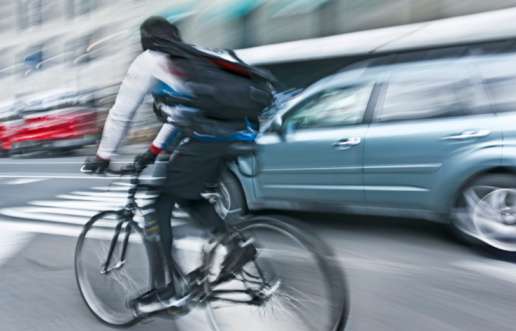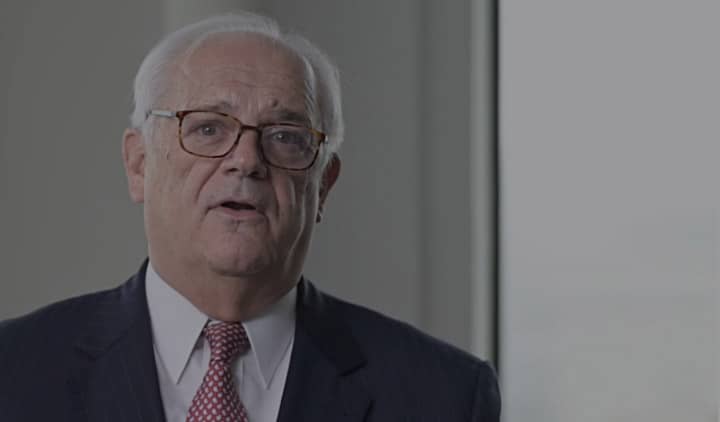Protected bicycle lanes reduce rates and increase the likelihood that people will use a bike, according to a recent study by the National Institute for Transportation and Communities.
San Francisco recently erected many barriers between bike lanes and vehicle traffic. This practice has widely adopted by many Canadian and European cities, but U.S. cities have largely lacked meaningful cycling safety infrastructure due to concerns regarding traffic congestion and parking availability.
The recent study conducted by NITC found that physical barriers between cars and cyclists had many positive effects, including:
- Safety: No collisions or near-collisions were observed by researchers who reviewed 144 hours of video at intersections with protected bike lanes. The video encompassed 12,900 cyclists.
- Public Comfort: Cyclists and residents reported a “considerable increase” in self-reported comfort levels when bike lanes were physically separated from vehicle traffic.
- Increased Ridership: Areas with protected bike lanes saw an increase in cycling ranging from 21% to 171%, including a 10% increase in riders who switched from other modes of transportation.
The NITC study is the most comprehensive study of protected bike lanes in the U.S.
Researchers evaluated 168 hours of footage of protected bike lanes in San Francisco, Portland, Austin, Chicago and Washington D.C. The study encompassed 16,393 cyclists and 19,724 turning or merging vehicles in addition to the perspectives of people who live, drive or walk near the newly installed bike lanes.
“This has never been done on this scale – having five cities and a number of different sites being done at the same time,” NITC spokesman Justin Carinci told Streets Blog USA. “The number of hours of video review is unprecedented. But the perceptions piece is really the most definitive of it: This is a big enough sample that we could say for each of the [projects], people feel safe riding them. People say we should have more of them.”
A full version of the study is available at the Oregon Transportation Research and Education Consortium website.



